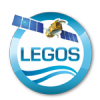Publisher: Direction – Updated on 15/05/2023
Scientific objectives
The surface ocean-lower atmosphere continuum is a complex and highly dynamic coupled component of the Earth system. At the ocean-atmosphere interface, air-sea fluxes of momentum, heat, and mass (including biogeochemical fluxes) occur over a wide range of time and space scales and are a key component of the climate system.
The ocean supports currents ranging from a few meters to thousands of kilometers. Eddies with horizontal scales of a few hundred kilometers (mesoscale) are the most energetic flows and are the ocean equivalent of atmospheric cyclones and anticyclones. Sub-mesoscale ocean currents (SMCs) are a relatively recently discovered phenomenon, and their popularity as a research topic is growing explosively. SMCs occur on an intermediate scale on the order of 0.1-10 km horizontally, 10-100 m vertically, and hours to days temporally, i.e., they are smaller and shorter than mesoscale currents, but large enough that rotation and density stratification matter. In recent decades, many studies have shown their importance in regulating our climate through interactions with the atmosphere, waves and regional marine ecosystems. However, many questions remain open, including the following that MOANA is focusing on:
– What is the impact of oceanic fine scales (meso and sub-meso) on ocean dynamics, biogeochemistry and climate?
– What is the role of fine-scale coupling between the ocean, atmosphere and waves on climate?
– On what time scales is this coupling most important? e.g., Intra-seasonal, Seasonal, Interannual, Climatic?
– How can these fine scales be parameterized? Can we take advantage of recent developments in Artificial Intelligence and develop surrogate models?
Strategy and tools
We strive to answer these questions primarily through a numerical approach. Our main tools are numerical ocean (CROCO and NEMO with their biogeochemical components), atmospheric (WRF and DREAMS), and wave (WW3) models, as illustrated for example in Figure 1 which represents a submesoscale coupling over the Gulf Stream between the ocean (CROCO), waves (WW3), and atmosphere (WRF).
We use a dual approach: on the one hand a complexification of the models (e.g., with high resolution or coupling), but on the other hand a simplification of the models based on the identification of key processes and the development of simple, statistical or idealized models.
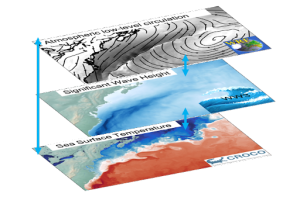
We also participate in the development of the CROCO (through its GdR and GdRI), NEMO, WRF, and DREAMS community models, as well as in their diffusion through the organization of summer schools on numerical modeling (see e.g., https://gdri-croco.cnrs.fr/).
Projects
There is a modulation of the fine-scale effects depending on the environmental conditions, for example, a coupling between the ocean and the atmosphere will have a very strong impact on the mesoscale, the large scale and the climate (with energy cascades effects) at the level of the Western Boundary Currents or tropical regions, but a more localized effect on regions characterized by a weaker mean dynamics (such as the Eastern Boundary systems) In order to better answer our questions, we approach our scientific topics from the regional (Eastern Boundary Currents, Western Boundary Currents, tropical regions, Mediterranean Sea, etc.) to the global while focusing on temporal scales ranging from extreme events to climatic scales such as El Niño.
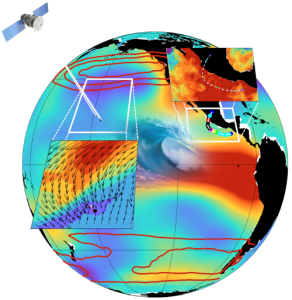
Composition
Permanent staff
| First name LAST NAME | Grade – Employer |
| Lionel RENAULT | Team leader Research Scientist – IRD |
| Rachid BENSHILA | Research Engineer – CNRS |
| Serena ILLIG | Research Scientist – IRD |
| Julien BOUCHAREL | Research Scientist – IRD |
| Nick HALL | Professor – UT3 |
All team members
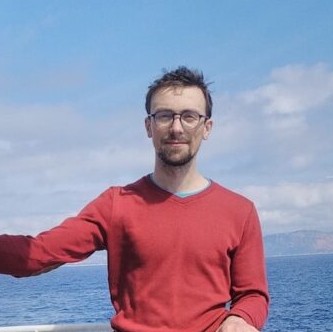
Barboni Alexandre
Postdoc IRD
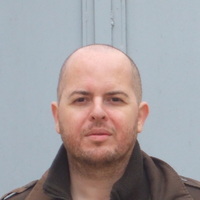
Benshila Rachid
Research Engineer , IR CNRS
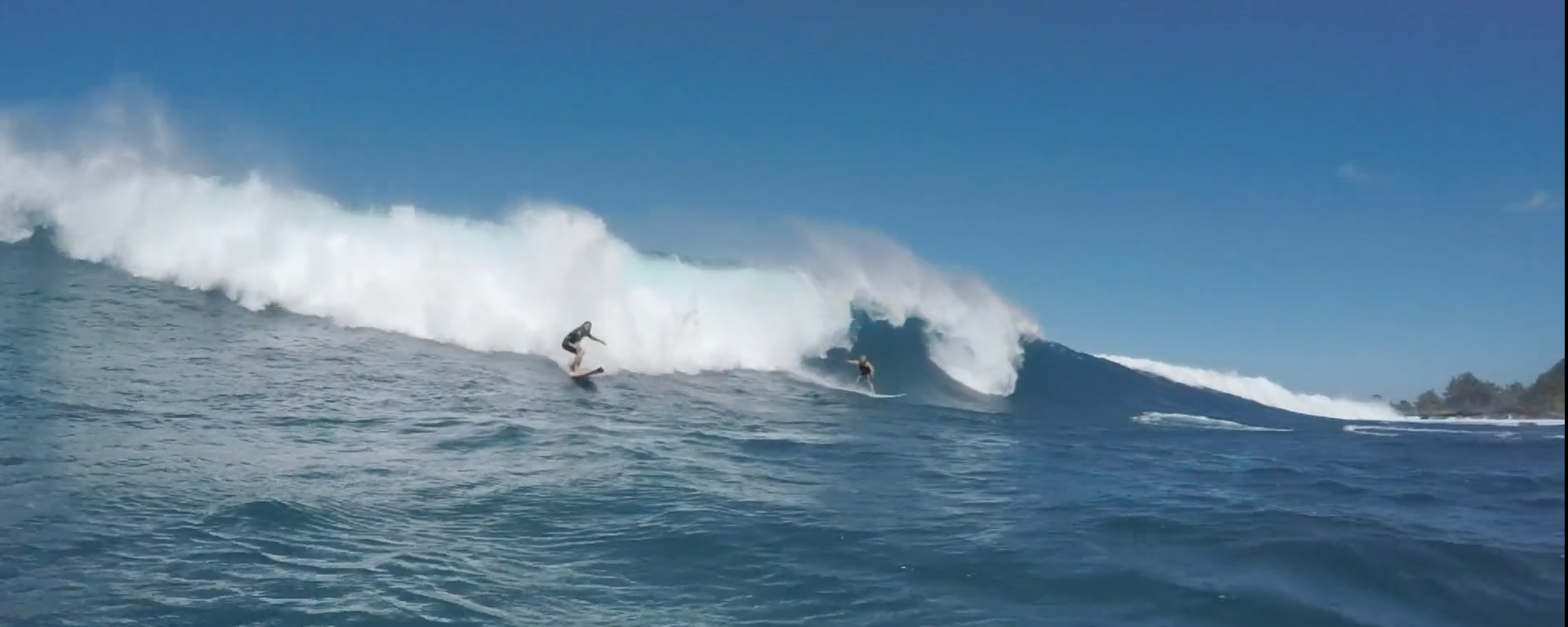
Boucharel Julien
Researcher IRD , Chargé de recherche IRD
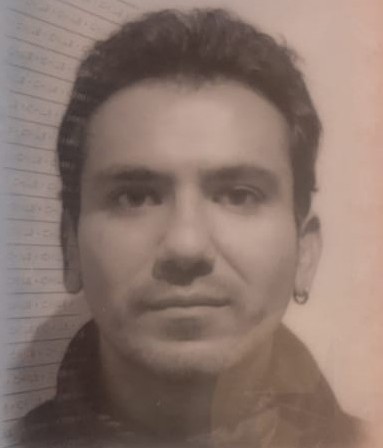
Conejero Carlos
Postdoc , IRD
Contreras Marcela
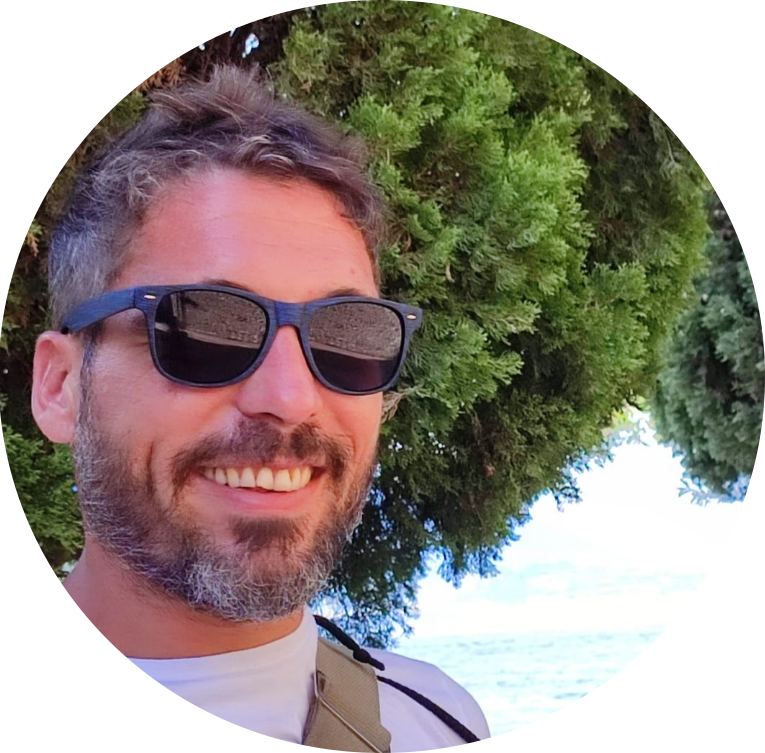
Desbiolles Fabien
Researcher , Chargé de recherche IRD
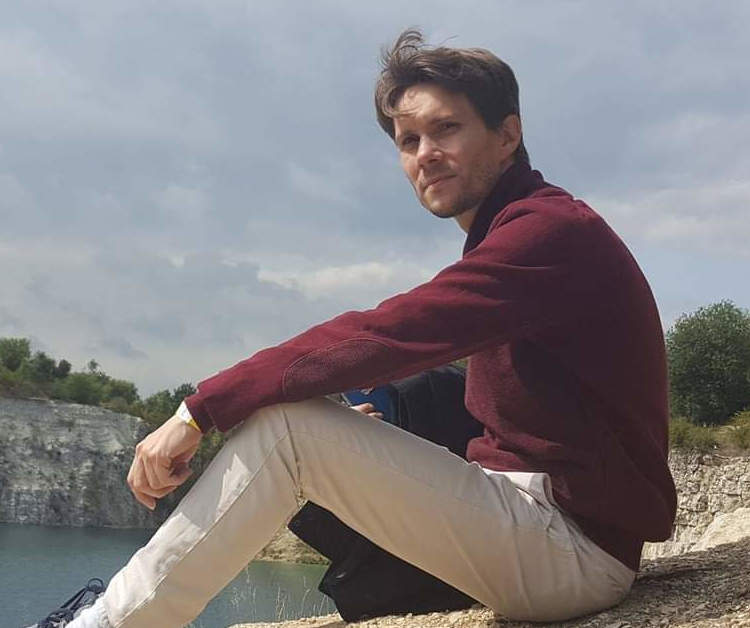
Ernout Nicolas
PhD student

Illig Serena
Researcher , CRCN IRD
Kaouah Mohamed
Doctorant
Larranaga Marco
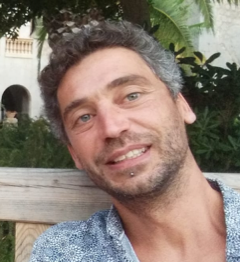
Renault Lionel
Directeur de Recherche , Directeur de Recherche IRD
